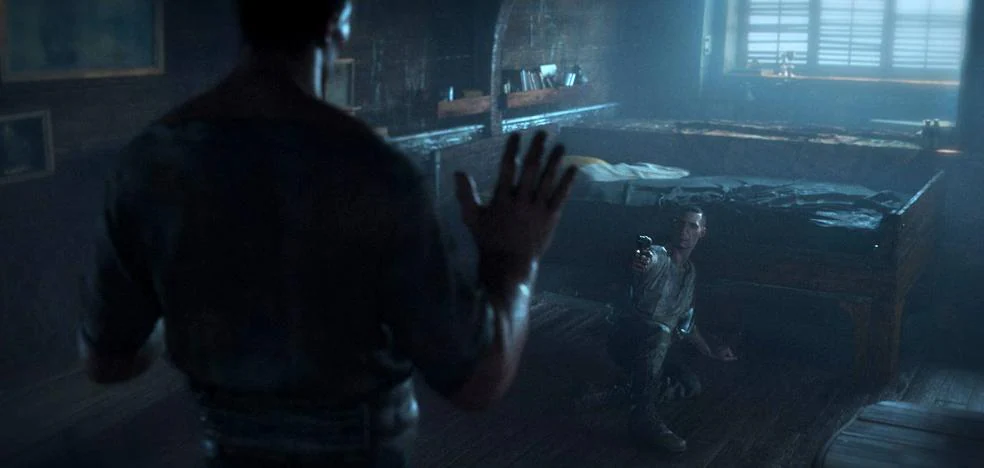From Ancient Egypt to the Renaissance and Baroque, the museum reviews more than two millennia through fifty rarely seen pieces
For over thirty years, the Ionic Room, one of the noblest spaces in the Prado Museum, was closed to the public and is now being restored to sculpture. After careful renovation, this privileged gallery on the first floor of the Villanueva building now houses 56 pieces spanning nearly three millennia, from ancient Egypt to the Baroque.
90% of the sculptures had never been exhibited. They now unfold in an elongated and luminous 175 square meter gallery in the north wing of the west facade of the museum, above the Velázquez door. It houses Egyptian pieces from 500 BC, from Greece, Rome and the Renaissance to the late Baroque, at the end of the 17th century. They are the tip of the iceberg of the Prado’s sculpture collection, with more than a thousand pieces, 250 of which are spread over different rooms.
Originally, Juan de Villanueva, the museum’s architect, devised an open gallery to display sculptures, but it was soon closed off with large windows. The room has been rebuilt and air-conditioned, renewing the metal carpentry that imitates the original, allowing natural lighting. “It regains the nobility it should always have,” sums up Manuel Arias, who is responsible for the Prado’s sculpture collections together with Leticia Azcue.
Until recently, everything was present in this forgotten space. It was a restoration studio, warehouse and offices. “Since I arrived at the museum 25 years ago, I had never seen it open,” confesses the director of the museum, Miguel Falomir, delighted with the restoration of such a noble gallery. “It is necessary to justify the sculpture, which has lost much of its presence in the house and with the renovation of this room it is regaining the importance it deserves,” he adds. He acknowledges that some predecessors in the direction ‘did less enjoy sculpture’, but that it is ‘essential to the museum, which was originally the National Museum of Painting and Sculpture’.
The portrait plays a very special role in the exquisite selection, in which “stereotypes coexist, with idealizations and the most true-to-life realism,” explains Arias. There are Roman versions of Greek philosophers and writers like Homer, Xenophon or Sophocles. Portraits of great personalities, such as Empress Julia Domna. Busts of Julius Caesar or Cicero, idealized compositions such as Hermes-Antinous, the intense face of a jellyfish from the end of the 17th century, emperors, kings, poets, muses, mythological characters and animal representations “giving a precise idea of the rich parts and varied from the Prado collection».
Source: La Verdad
I’m Wayne Wickman, a professional journalist and author for Today Times Live. My specialty is covering global news and current events, offering readers a unique perspective on the world’s most pressing issues. I’m passionate about storytelling and helping people stay informed on the goings-on of our planet.



